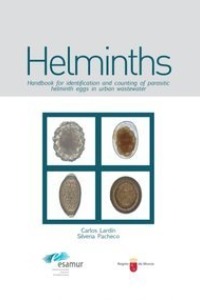
Liknande böcker
Organic micropollutants in urban wastewater systems during dry and wet weather-occurrence, spatio-temporal distribution and emissions to surface waters
Bok av Marie Alexandra Launay
Water is essential for all processes associated with life on Earth and has many functions in the climate system. Water resources are irreplaceable and support fundamental human survival as well as economic and social progress. As a result of the development of urbanised society and human activity, the pressure on water resources is increasing. Especially urban surface waters are under direct influence of anthropogenic activities which have an effect on morphology, flow regime and water quality (Larsen et al., 2016).Worldwide, the occurrence of organic micropollutants in the aquatic environment has become an issue of increasing importance over the last decades. More and more research groups carry out monitoring studies in urban catchment areas in several countries or even continents (Luo et al., 2014). Due to improved analytical methods, substances such as pharmaceuticals, hormones, household and industrial chemicals, X-ray contrast media, personal care products and pesticides are detected in the range of nanograms to micrograms per litre in receiving water bodies.







